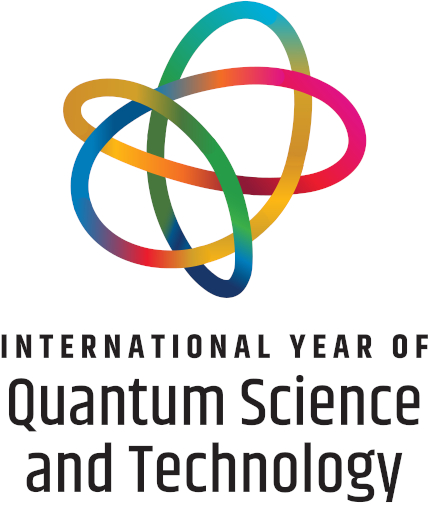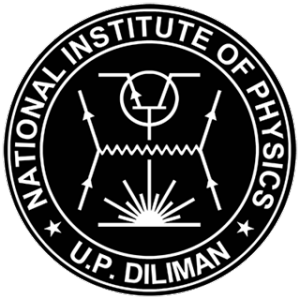Spectroscopic analysis of femtosecond pulsed laser-induced graphite plasma plume
Abstract
An analysis of the femtosecond pulsed laser induced graphite plasma plume was done using laser-induced breakdown spectroscopy. In this study, the graphite target was placed inside a vacuum chamber pumped down to and maintained at a base pressure of ~ 10-2 mbar. The graphite target was ablated for 6 hours using a mode-locked Ti:sapphire laser operating at a wavelength centered at 786 nm, pulse repetition rate of 80MHz and pulse duration of around 100 fs. The graphite plasma plume spectra showed a continuum from around 500 nm to 700 nm with emission peaks from C(I), C(II), C2, N(I) and N(II) species. Ablation was done in a low vacuum environment so that Nitrogen species are still observable in the plasma plume. It can be inferred from this spectrum that the plasma plume is dominated by neutral and lower-charged carbon particles which is typical for femtosecond ablation of graphite. Confirmation of presence of graphite-like structures was made by
placing silicon (111) substrate opposite the graphite target and checking its X-ray diffraction spectra.
Downloads
Issue
Physics linkfest: Spanning science & technology
23-25 October 2013, University of San Carlos, Cebu City











